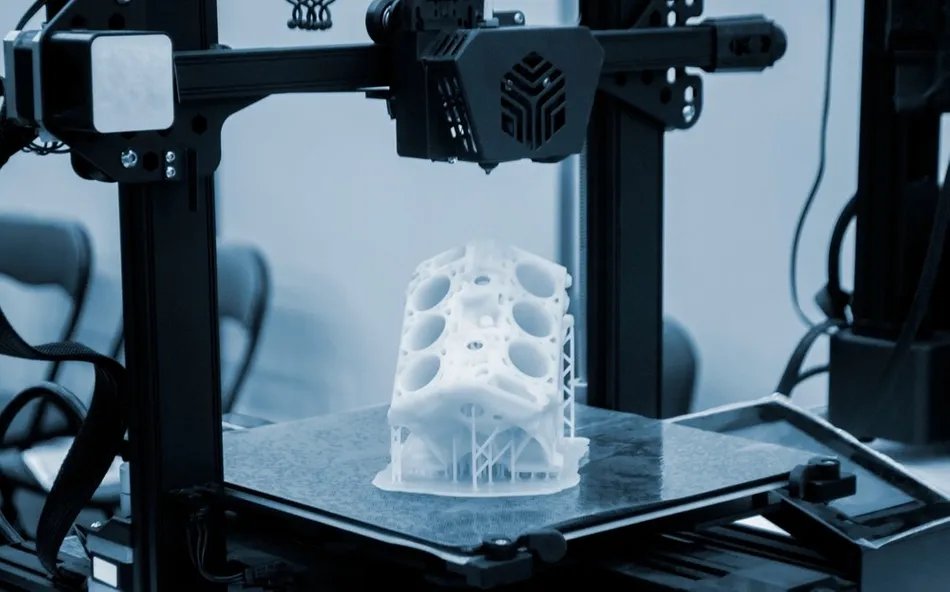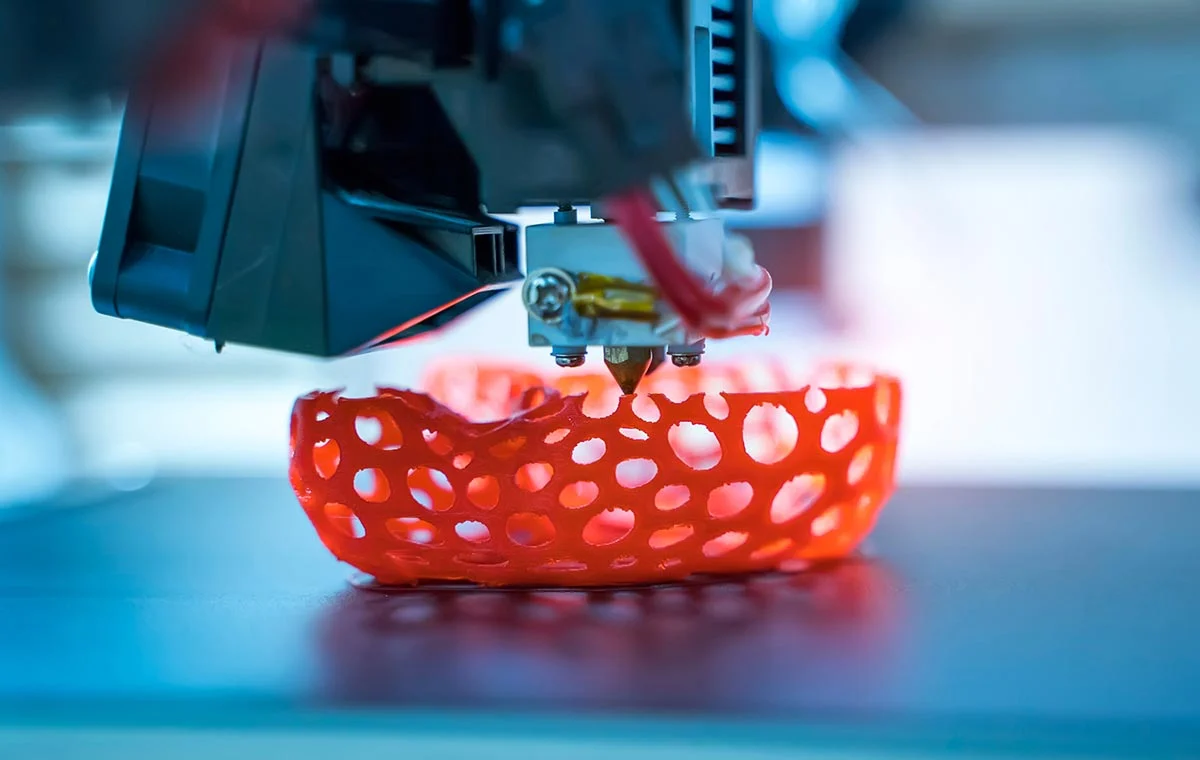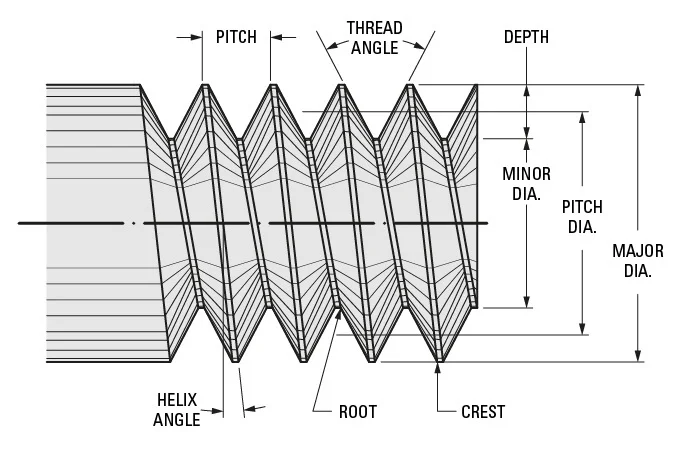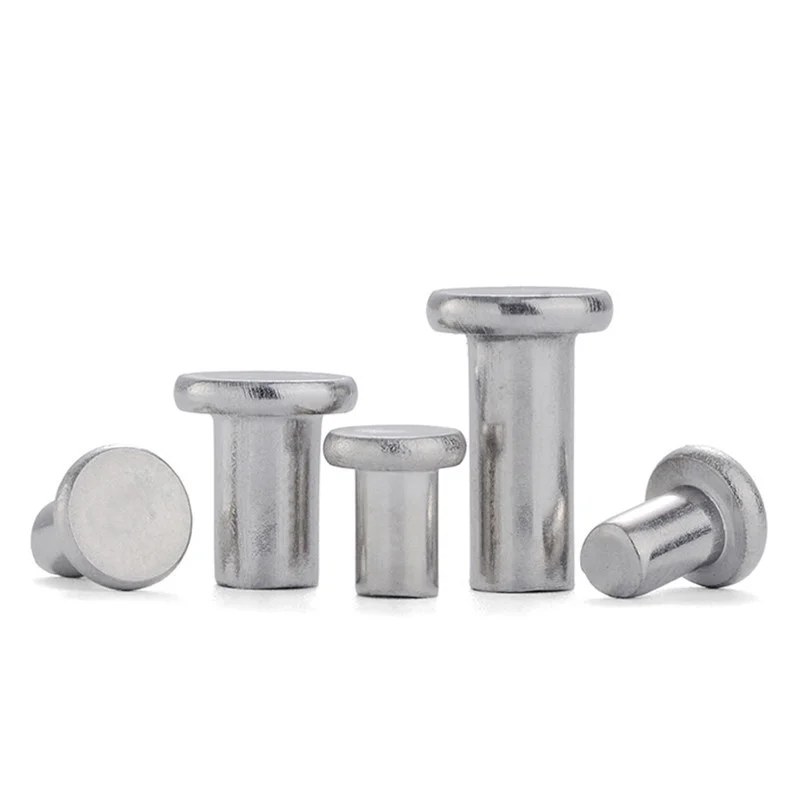
Types of Pumps and Applications
Types of Pumps and Applications
A pump is a mechanical device that transfers liquids or slurries by increasing their mechanical energy. As it requires energy input to function, it is categorized as an energy-absorbing device, pressurizing the fluid through energy addition.
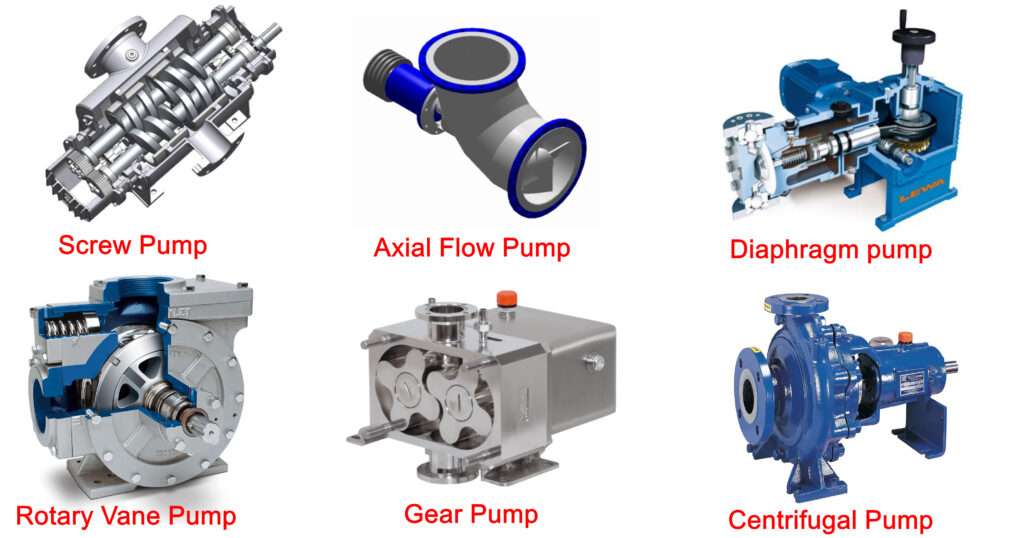
Pumps are primarily classified into two types: positive-displacement pumps and dynamic pumps.
Positive-displacement pumps direct fluid into a closed volume, where moving boundaries expand or contract to intake and discharge the liquid.
Dynamic pumps utilize rotating impeller blades (instead of a closed volume) to transfer energy to the fluid.
1. Positive-Displacement Pumps
These are further divided into rotary and reciprocating categories.
A. Rotary Positive-Displacement Pumps
Characterized by a rotating mechanism that creates a vacuum to drive fluid, these pumps efficiently handle highly viscous liquids. Key types include:
·Rotary Vane Pumps
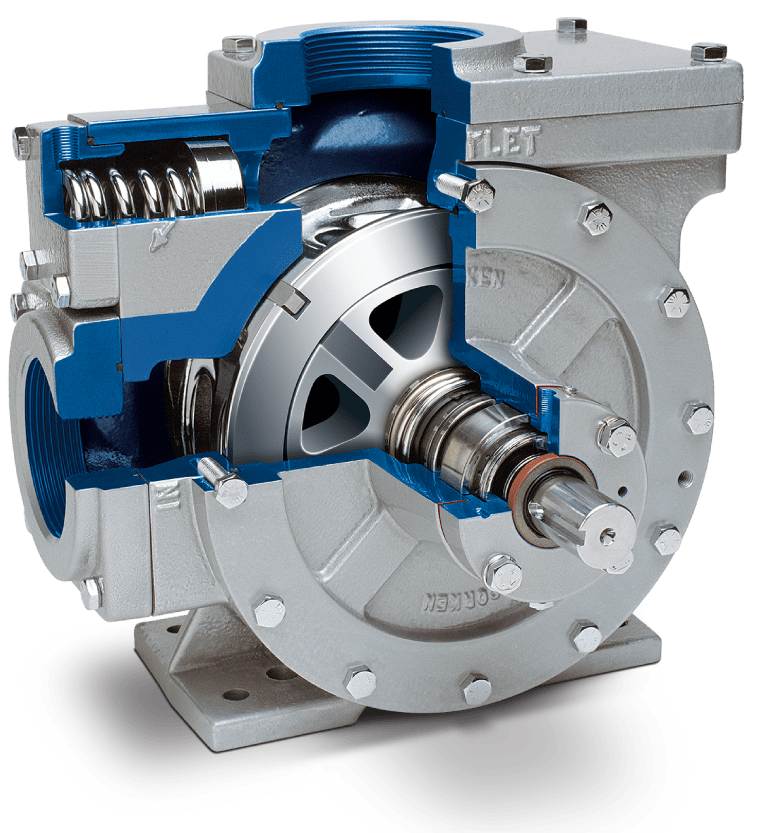
These feature vanes mounted on a rotor inside a cavity. As the rotor rotates, the vanes (which may have variable lengths and contact the casing walls) draw in liquid.
·Screw Pumps
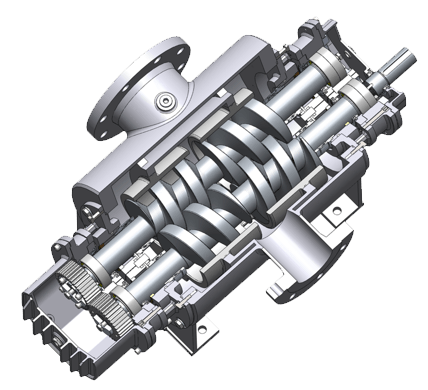
Using screws to move fluid axially, these can employ a single rotating screw or double screws (one clockwise, one counterclockwise). They prevent foam formation in viscous liquids.
·Gear Pumps
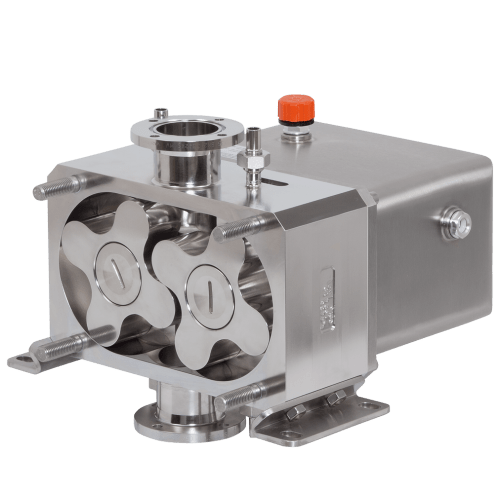
Comprising two gears with micrometer-level clearances to prevent backflow, these create a vacuum at the inlet as the gears rotate, drawing in fluid.
B. Reciprocating Positive-Displacement Pumps
Defined by an oscillating component (piston, plunger, or diaphragm) that moves fluid.
·Piston/Plunger Pumps
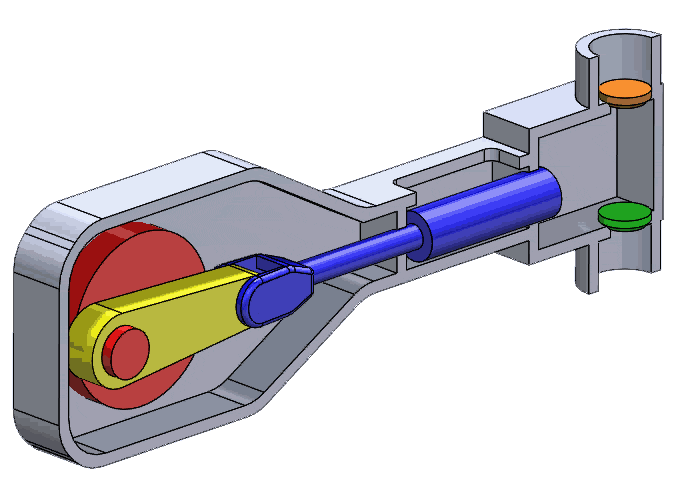
·Plunger Pumps: A plunger slides up/down within a stationary high-pressure seal.
·Piston Pumps: A piston drives fluid, with the high-pressure seal moving reciprocally.
·Diaphragm Pumps
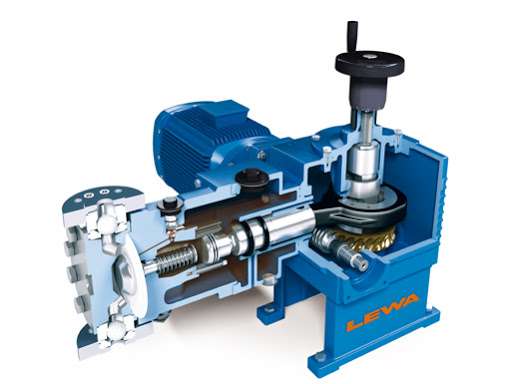
Featuring oscillating membranes with check valves on either side, they draw in fluid by creating pressure differences as the diaphragm moves.
2. Dynamic Pumps
These increase fluid velocity, converting kinetic energy to potential energy (pressure) at the outlet. Types include:
A. Centrifugal Pumps
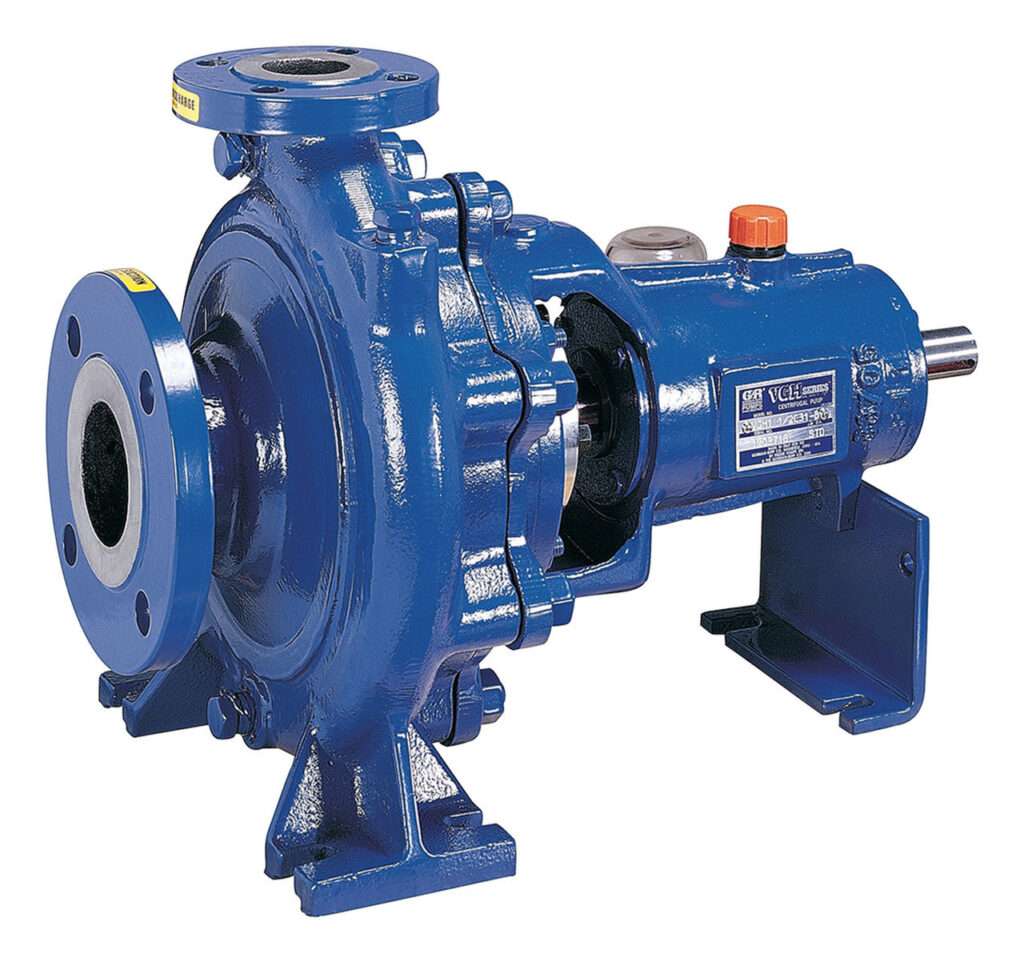
An impeller (driven by a motor-connected shaft) throws fluid axially through the casing’s eye to its circumference. The diffuser section decelerates the fluid, increasing pressure.
B. Axial Flow Pumps
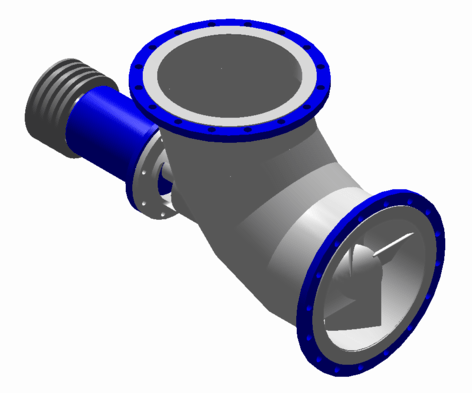
Equipped with a propeller (an axial-flow impeller), fluid moves along the propeller’s shaft during both intake and discharge.
C. Mixed Flow Pumps
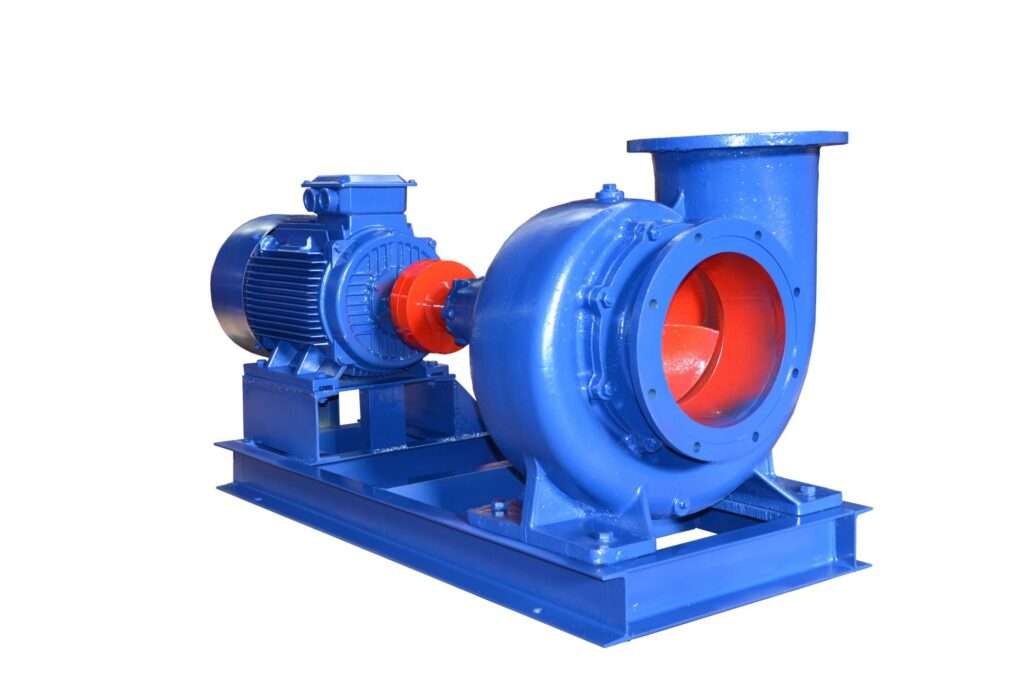
Fluid flows both radially and axially through a diagonally rotating impeller, combining characteristics of centrifugal and axial flow pumps.

